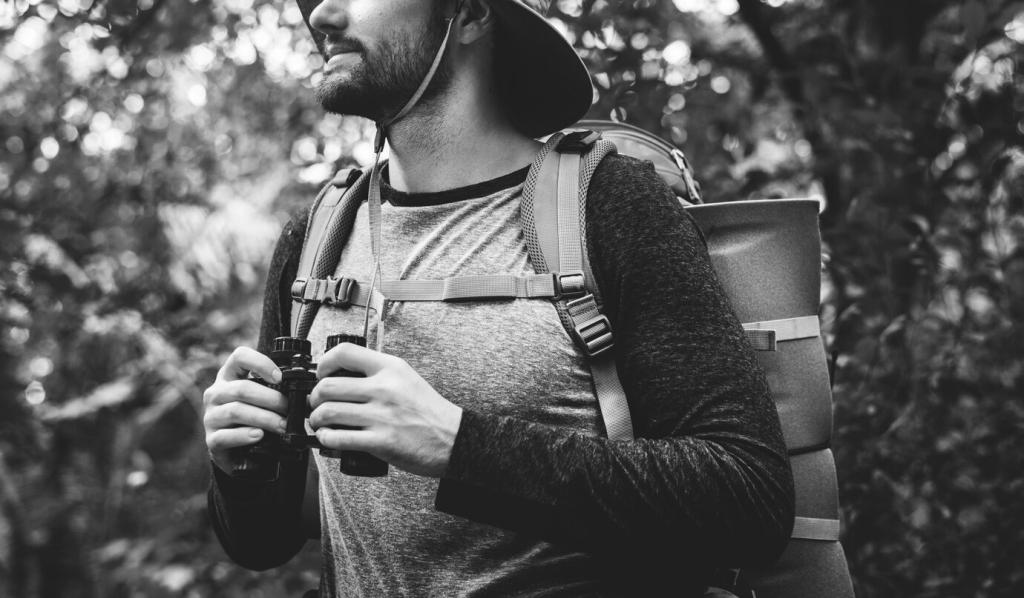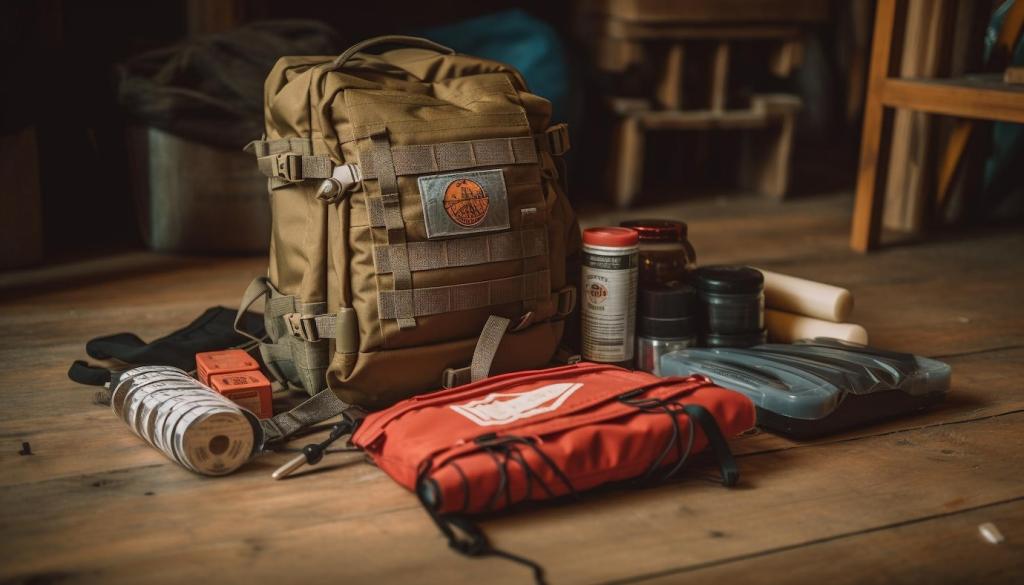Backpacking Essentials for Year-Round Mountain Hiking
Chosen theme: Backpacking Essentials for Year-Round Mountain Hiking. From hot alpine ridgelines to sleet-blown passes and deep winter forests, this guide brings practical, field-tested essentials to help you move safely, lightly, and confidently in every season. Share your questions or packing dilemmas, and subscribe for ongoing checklists tailored to changing mountain conditions.

Base layers that manage sweat, not store it
In the mountains, wet equals cold. Choose merino or high-wicking synthetics, avoid cotton, and size your base layer to sit close without clinging. Prioritize quick-drying fabrics, mesh zones under arms and back, and long sleeves with thumb loops for stormy transitions. Swap into a dry base at camp to protect overnight warmth.
Adjustable insulation for moving and resting
Carry an active mid-layer for uphill efforts and a loftier piece for breaks. Fleece breathes when you’re pushing; synthetic or down traps heat when you stop. On a shoulder-season traverse, Maya swapped her damp fleece for a synthetic puffy during a sleety lunch break and stayed cheerful while the wind howled across the saddle.
Shells, breathability, and the venting habit
A storm-worthy shell shields you from wind-driven rain and spindrift, but breathability has limits. Use pit zips, front zip, and cuffs as dynamic vents. Aim for durable water repellency that you can revive at home. In mixed conditions, a wind shirt often outperforms heavy rain gear by preventing sweat buildup during steady climbs.
The Right Pack and How to Load It
Warm-weather overnights often work in 35–45 liters, especially with compact shelters and quilts. Shoulder seasons or technical additions may need 45–55 liters. Winter demands extra insulation, a burlier shelter, and more fuel, pushing many hikers into 55–65 liters. Always allow quick access to storm layers and gloves near the top.




Calorie targets that reflect season and effort
Summer cruising might require 2,500–3,500 calories per day, while winter travel can push needs to 3,500–5,000. Favor calorie-dense snacks you can eat while walking. Include salty, savory options to fight flavor fatigue. Pre-label snacks per hour to keep intake steady. Pack an emergency 500-calorie reserve you never touch unless plans change.

Stove systems that work in cold and wind
Canister stoves are fast and light but struggle below freezing unless you use a remote canister with preheat tube or keep canisters warm. Liquid-fuel stoves excel in deep cold and high altitude. Always carry a windscreen, wide pot, and reliable ignition redundancy. Practice winter lighting at home to avoid frosty-fingered frustration.

Water sourcing and treatment, including snow
Flowing water remains safest to collect, but treat it in every season. Filters can freeze and crack; carry chemical drops or a UV pen in cold. In winter, melt clean snow rather than dirty ice, and add a splash of water to jumpstart melting. Insulate bottles, store them upside down, and sip regularly to prevent dehydration.
Navigation, Communication, and Risk Management
Carry map and compass, plus a GPS or phone with offline maps. Keep two power sources and one non-electronic option. Mark key decision points during planning, then confirm bearings at every junction. Frequent micro-checks prevent major detours. Practice analog navigation regularly so skills stay sharp even when screens stay dark.
Navigation, Communication, and Risk Management
Read forecasts for wind, precipitation type, and overnight lows. In snowy terrain, check avalanche bulletins, terrain traps, and aspect before committing. If signs stack up—whumpfs, recent slides, rapid loading—turn around. A conservative decision today preserves tomorrow’s adventures. Share your personal go/no-go checklist to strengthen our community’s safety culture.
Navigation, Communication, and Risk Management
Pack blister care, pain relief, an elastic wrap, steri-strips, and a compact splinting option. Add repair tape, needle, cord, and a spare strap. On a windy traverse, a snapped buckle once nearly ended a trip until a tiny tri-glide saved the hipbelt. Review your kit quarterly and replace anything used or expired.
Footwear, Traction, and Efficient Movement
Trail runners dry fast and shine in summer, while supportive boots help with heavy winter loads or off-trail talus. Waterproof membranes resist slush but trap sweat in heat. Consider roomy toe boxes to accommodate thick socks in cold. Test combinations on short hikes before committing to big elevation days in mixed conditions.


Footwear, Traction, and Efficient Movement
Use liner socks to reduce friction, mid-weight wool for cushion, and gaiters to block scree, snow, and debris. Trim toenails, tape hot spots early, and air feet during breaks. Rotate socks daily and sleep in a dry pair to restore skin. A tiny dab of foot balm can prevent miles of discomfort.
Maintenance, Field Repairs, and Gear Longevity
Wash technical layers with appropriate detergents, reproof shells, sharpen tools, and inspect stitching. Replace tired shock cords and frayed guylines. Check pad valves, tent poles, and zipper sliders. Record the date of your last maintenance session so nothing gets missed before the first big storm system of the season rolls in.

